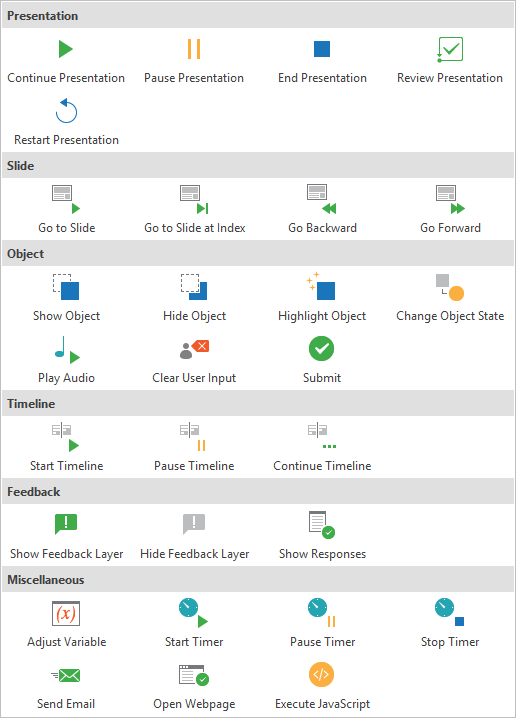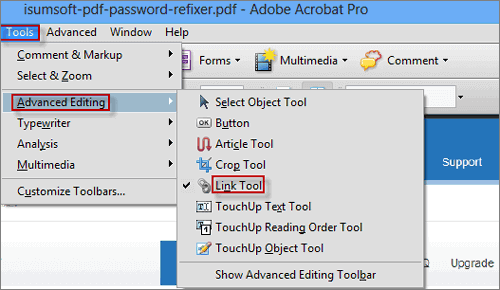


Now that we have two files to link together our call to light.exe gets a little more complicated.

Those three lines are all you need to add to your Windows Installer package source file to call the "FooAction" CustomAction. We would need to link this source file along with a source file that contained or to successfully complete. Remember linking requires that you have an entry section. That little bit of code should compile but it will not link. We're done with editing the "ca.wxs" source file. Rather than put the CustomAction definition in the same source file as our product definition, let's exercise a little modularity and create a new source file to define the CustomActions called "ca.wxs". Before you start, you will need a sample dll that has an entrypoint called "FooEntryPoint". A common sample people use is a dll customaction that launches notepad.exe or some other application as part of their install. This example will show how to author a binary CustomAction called "FooAction". Now that you’re comfortable with the basics for creating Windows Installer packages, let’s take it to the next level and add a CustomAction. Previous page next page Adding Custom Actions


 0 kommentar(er)
0 kommentar(er)
